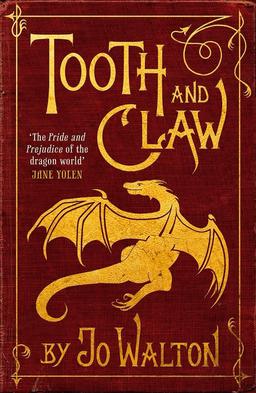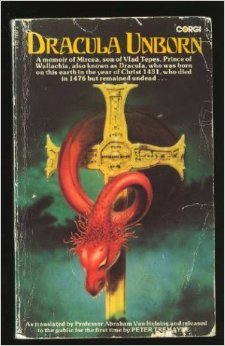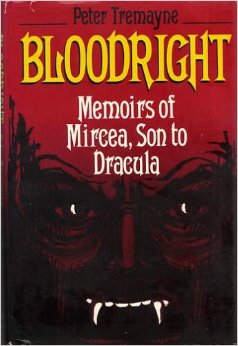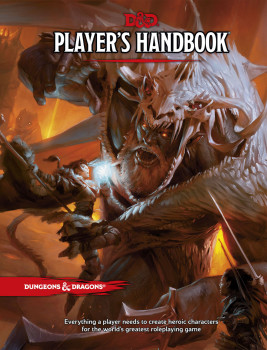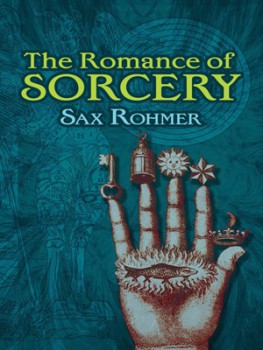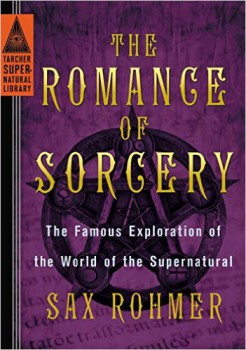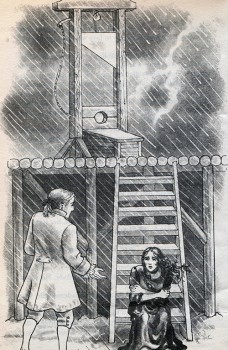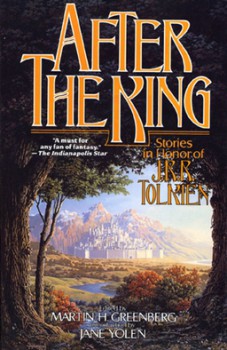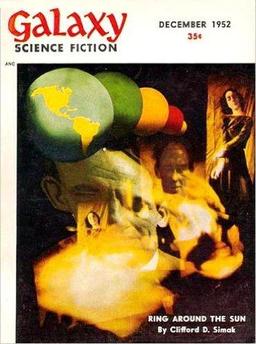Things Your Writing Teacher Never Told You: Choosing Your Narrative Point of View, Part 2: Who is Your Point of View Character?
This is Part 2 in the Choosing Your Narrative POV Series.
Who is Your Point of View Character?
It Might Not Be Your Protagonist. The most common POV choice, particularly for short stories, is for the protagonist to be the POV character. Stories of this type can be written in 1st Person, or Tight Limited 3rd. (More on these terms later in this article.) In very rare cases, they can also be told disguised in 2nd Person.
Your protagonist is the one facing the problem and must be the one who takes the final action that solves the problem and saves the day.
It often makes sense for the protag to be the POV. But there are times when an author chooses to use a sidekick or an observer as the POV character, even when choosing to write the story in 1st Person.


